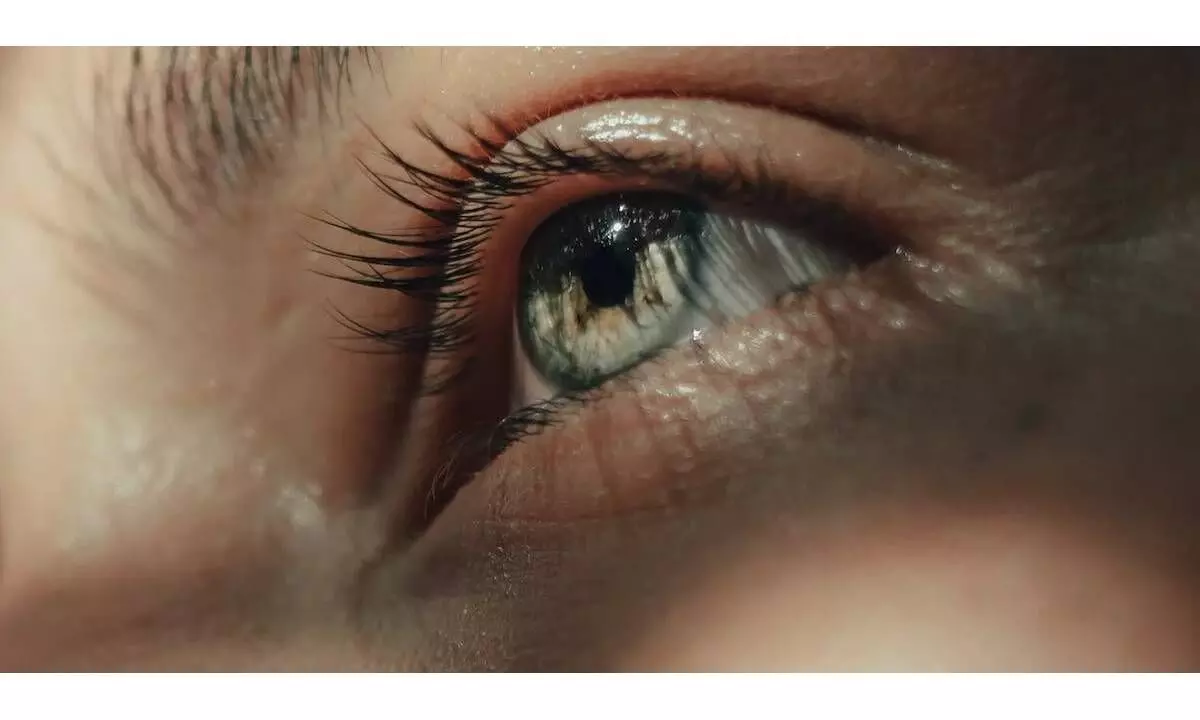New glaucoma treatment strategy to guide stem cells to retina
Researchers have identified a promising new strategy for glaucoma cell replacement therapy.
image for illustrative purpose

New York, Nov 20 : Researchers have identified a promising new strategy for glaucoma cell replacement therapy.
Glaucoma is one of the leading causes of blindness worldwide, and vision loss, due to the loss of retinal ganglion cells (RGCs), cannot currently be reversed with any treatment.
In the new study researchers at the Schepens Eye Research Institute of Mass Eye and Ear changed the micro-environment in the eye in a way that enabled them to take stem cells from blood and turn them into retinal ganglion cells that were capable of migrating and surviving into the eye's retina.
They conducted their study on the adult mouse retina, but the work's implications could one day be applied to human retina.
One limitation that prevents the success of current stem cell transplantation strategies in retina studies is that the majority of donor cells remain at the site of injection and do not migrate where they are most needed.
To identify an improved solution, the researchers created RGCs out of stem cells, then tested the ability of various signaling molecules known as chemokines to guide these new neurons to their correct positions within the retina.
The research team utilised a "big data" approach and examined hundreds of such molecules and receptors to find 12 unique to RGCs. They found stromal derived factor 1 was the best performing molecule for both migration and transplantation.
"This method of using chemokines to guide donor cell movement and integration represents a promising approach to restoring vision in glaucoma patients," said Petr Baranov, from Mass Eye and Ear, who is also an assistant professor of Ophthalmology at Harvard Medical School.
The research was published in Proceedings of the National Academy of Sciences (PNAS).

